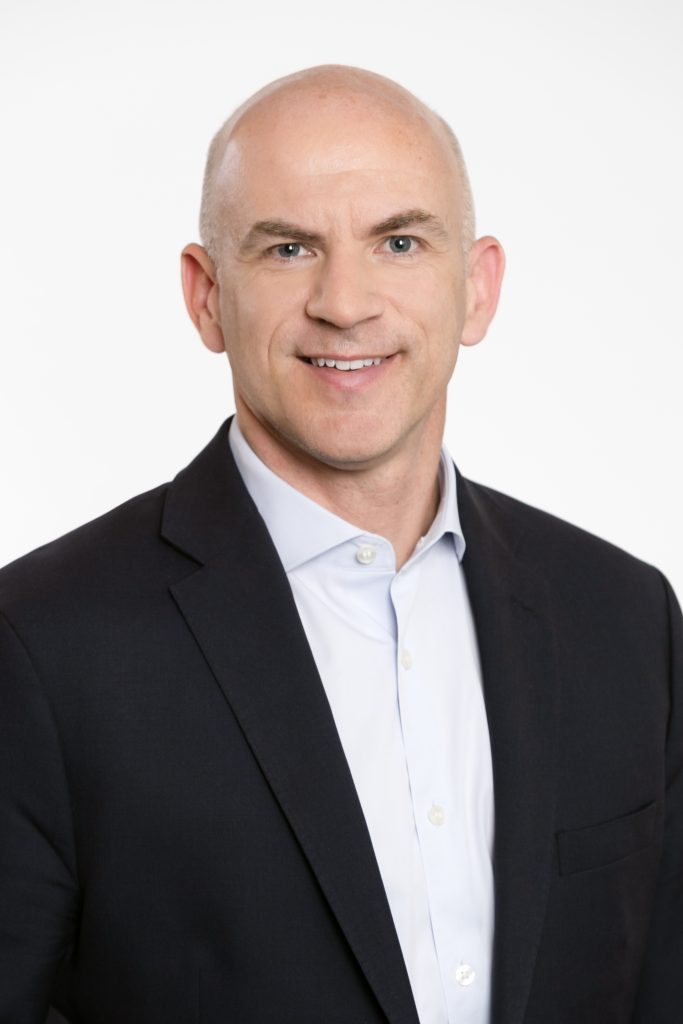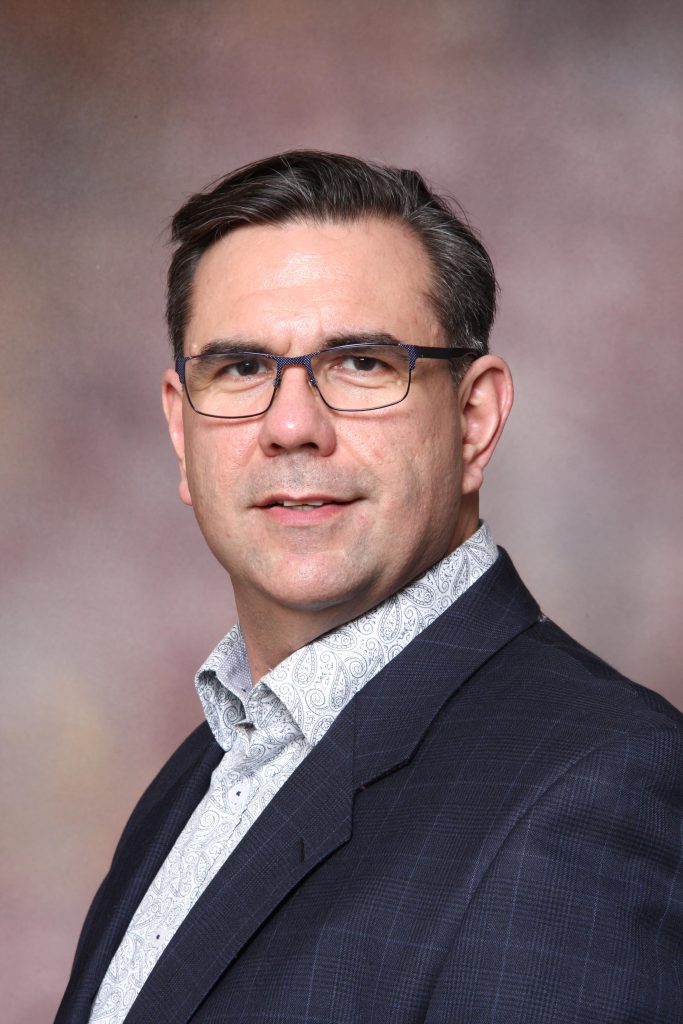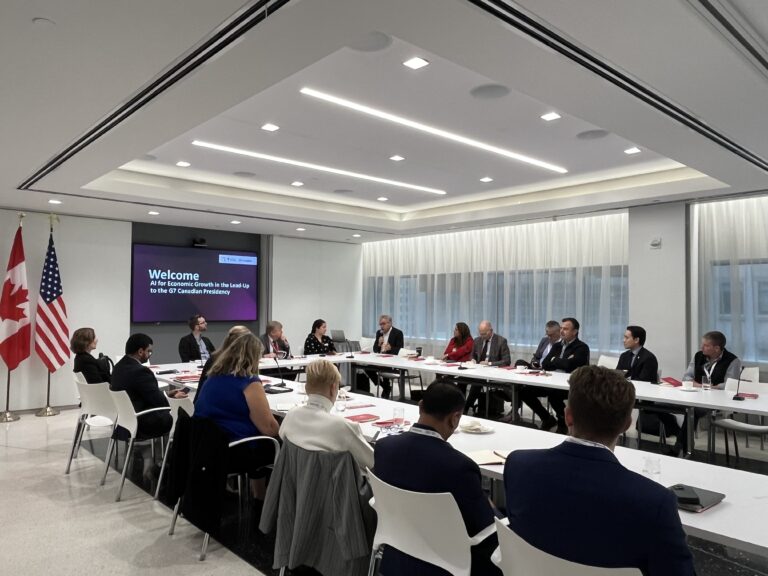Blog /
Critical Minerals Can Create Transformative Economic Opportunities for Indigenous Communities — If We Do It Right
Critical Minerals Can Create Transformative Economic Opportunities for Indigenous Communities — If We Do It Right
“All paths to net-zero run through the traditional territories of Indigenous communities.”

From the Canadian Chamber of Commerce’s Critical Minerals Council members, Andrew Spencer, EVP, Capital Portfolio Delivery, Hydro One, and Matthew Foss, Vice President of Research & Public Policy, Canadian Council for Aboriginal Business.
Critical minerals are crucial to Canada’s green economic growth. A substantial increase in the mining and manufacturing of the 31 critical minerals we have deposits of, particularly the six prioritized by the Canadian Critical Minerals Strategy, will allow us to strengthen priority supply chains, develop and adopt the technologies of a greener future, and capitalize on untapped economic potential.
But the Canadian Critical Minerals Strategy also carries other potential benefits, given that many future mining sites are located on traditional Indigenous lands. Namely, the Strategy presents a chance to partner with Indigenous communities to create transformative economic opportunities and facilitate greater reconciliation. But this will only happen if true partnerships are cultivated.
Previous attempts at partnership have failed to produce desirable economic and social outcomes for Indigenous communities because they have all lacked one essential trait — Indigenous participation throughout the lifecycle of the project.
Let us be clear, this lack of participation has not occurred because Indigenous communities are uninterested in projects like critical minerals. Instead, this lack of participation is the result of Indigenous communities not being given the same opportunities to be involved as other Canadian communities or stakeholders.
Holistic Indigenous participation in critical minerals projects, from pre-development all the way to mine reclamation, requires recognizing two important truths and then doing something about them.
The first truth is that Indigenous people have been stewards of the land since time immemorial. Combining their traditional ways of being and knowing with scientific methods creates a useful decision-making apparatus.
The second truth is that perfunctory consultations or invitations to speak at regulatory processes or tribunals do not equate to participation. Nor does representation as front-line workers alone. Indigenous people must be decisionmakers, owners, partners and leaders in every stage of the project and every step of the procurement value chain, including camp catering, contracting services, engineering, field studies, and reclamation.
It is only through ownership that Indigenous communities, entrepreneurs, and businesses will be true beneficiaries of these projects. But there are substantial barriers to ownership that require additional cooperation and collaboration with the public and private sectors to overcome.
The Canadian Council for Aboriginal Business (CCAB) advocates for government tools and programs to help support the Indigenous entrepreneurs who want to get involved in projects like critical minerals, particularly on the capital side. Lack of access to affordable financing and capital is one of the greatest barriers preventing Indigenous ownership. Without a federal loan guarantee program, the amount of capital needed to be part of this lucrative value chain is out of reach for most communities and businesses. Federal and provincial governments must come together and provide more sustainable solutions for Indigenous communities to get access to low-cost capital. The First Nations Major Projects Coalition continues its efforts to ensure that government and industry understand that this is a critical step in facilitating First Nations partnerships in resource development in Canada.
A systemic lack of Indigenous participation causes breakdowns in relationships and reconciliation, and leaves Indigenous communities bereft of any real benefit from the projects occurring on their land. For a genuine partnership that results in meaningful economic and social benefits to Indigenous communities, all parties involved in critical minerals projects must willingly come to the table in the pre-development stage and listen as Indigenous communities articulate what they want and need. The best results happen when communities develop solutions that work for them.
While we have more models for unsuccessful partnerships than we do for successful ones, there are at least a few examples we can draw from when approaching future projects. In 2022, Hydro One announced an industry leading Equity Partnership Model — proximate First Nations will have the opportunity to invest in a 50% equity stake in all new, future large-scale capital transmission line projects with a value exceeding $100 million, allowing them to benefit from decades of income. The Indigenous communities, over whose land the new lines will run, have a 50% equity stake, allowing them to benefit from decades of income. There is also Hydro One’s proposed Waasigan Transmission Line project, which has been filed with the Ontario Energy Board for consideration. Starting in Thunder Bay, the Waasigan Line will run 370 km up to the City of Dryden, bringing an additional 350 megawatts of electricity to Northwest Ontario to provide for the region’s growing mining loads and electricity demand. The project is valued at $1.2 billion, with potential for tens of millions of dollars’ worth of direct Indigenous participation in the value chain.
There is also Mosaic’s ongoing Indigenous community engagement and outreach. The potash and phosphate mining company, and fellow Critical Minerals Council member, has committed to hitting the following three targets by 2025: directing 15% of their total community investment dollars in Canada towards a variety of programming that has already included workforce training programs, sponsoring educational and cultural events, and renovating schools; ensuring at least 15% of new hires every year are Indigenous; and finally, ensuring 15% of their procurement activity is with Indigenous-owned companies. Mosaic has already succeeded in hitting the first two targets and are on track to meet the third, with over $125 million invested in Indigenous-owned businesses in Canada since 2020.
As JP Gladu, Principal and Director at Mokwateh and another Critical Minerals Council member, says, “All paths to net-zero run through the traditional territories of Indigenous communities.” A large part of Canada’s prosperity is owed to the resources and business conducted on Indigenous land, for which Indigenous communities have not received fair compensation. What we do today, and how we prioritize partnership — or don’t — will either result in a repeat of this pattern or the charting of a new course, one that gives Indigenous communities the same opportunities as other Canadian communities to share in economic prosperity and take ownership of their futures.

Andrew Spencer
Andrew Spencer is the EVP, Capital Portfolio Delivery at Hydro One in Ontario, Canada, and responsible for leveraging our internal capabilities and working with key stakeholders and Indigenous partners to efficiently deliver our growing capital plan, ensuring Hydro One can support the increasing need for clean energy and economic growth in the province. Hydro One has approximately $6.5B of projects in construction with a growing portfolio in development. Andrew is accountable for the project management, engineering, construction, and environmental services functions. Additionally, he is also responsible for leading and growing subsidiary Acronym Solutions Inc., a full-service Information and Communications Technology company, and is the President of Hydro One Sault Ste. Marie, a subsidiary and separately licensed transmitter.

Matthew Foss
Matthew Foss is a member of the Metis Nation of Alberta. He brings over 20 years of experience in the Canadian energy industry, specializing in energy economics along with extensive experience with research and public policy development. Mr. Foss currently serves as the Vice President of Research & Public Policy for the Canadian Council for Aboriginal Business and is an Executive Fellow at the University of Calgary School of Public Policy. Prior to joining CCAB, he ran his own energy economics and public policy consulting business for several years and served as the Chief Energy Economist for the Alberta Government. In his career with the Alberta Government he led teams responsible for advising on energy market access, energy investment competitiveness, petrochemicals and refining policies, pipeline tolling and other regulatory matters, and the design and evaluation of royalty and fiscal frameworks.
The Critical Minerals Council
The Critical Minerals Council is dedicated to advancing business leadership on resource extraction, processing, usage, export, and recycling. The Critical Minerals Council will inform critical minerals policy through continuous engagement, research, and thought leadership.
Other Blogs

Navigating Net Zero

Lodestar Structures: Revolutionizing Community Infrastructure




